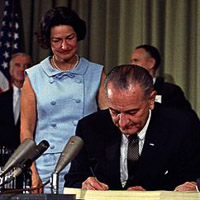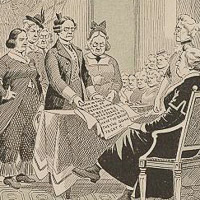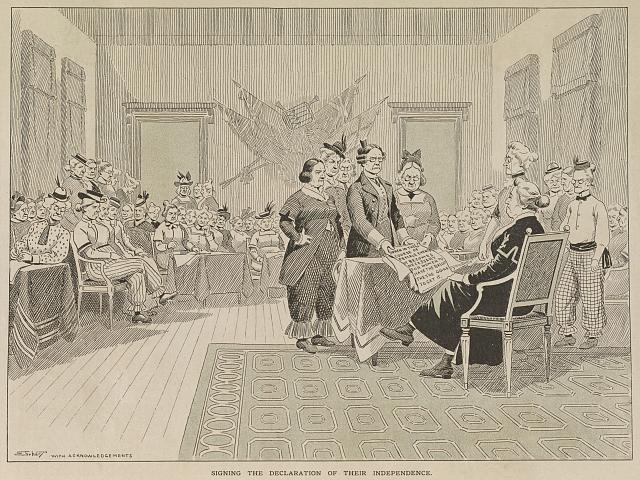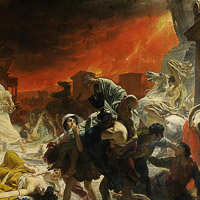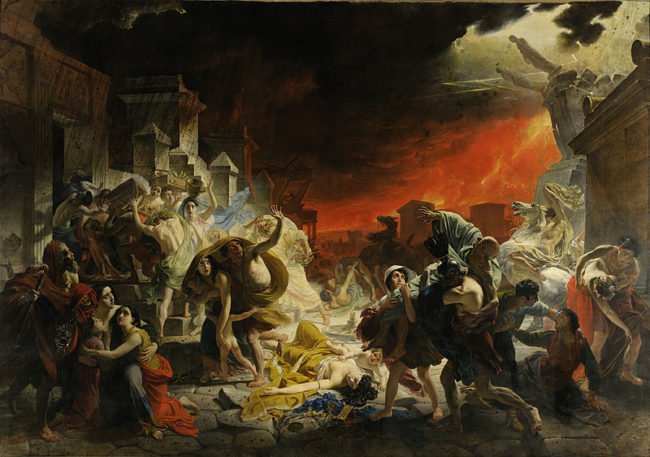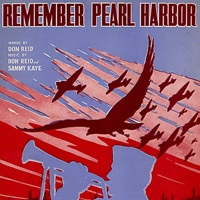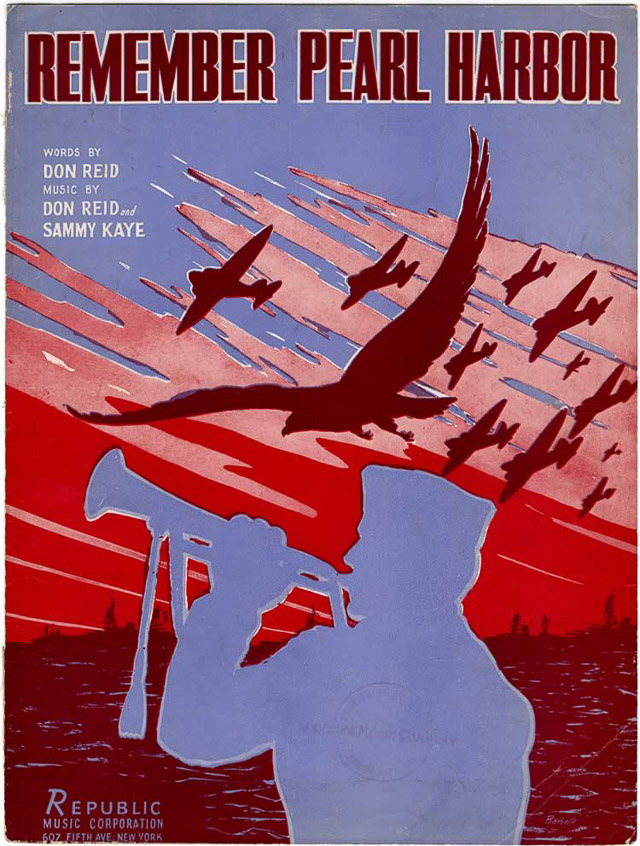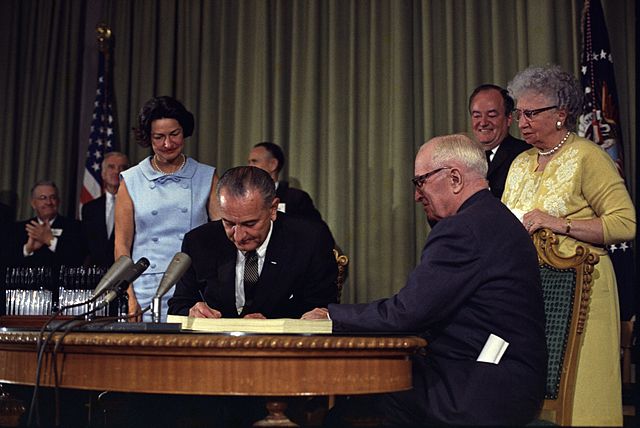 My Social Studies Methods class at the University of Portland recently published a free multi-touch iBook – Exploring History: Vol III (free iTunes). It features thirteen engaging questions and historic documents that empower students to be the historian in the classroom. For more info on our project and free download of multi-touch iBook and pdf versions click here. To better publicize student work, I’m featuring each chapter in it’s own blog post. (Eleventh of 13)
My Social Studies Methods class at the University of Portland recently published a free multi-touch iBook – Exploring History: Vol III (free iTunes). It features thirteen engaging questions and historic documents that empower students to be the historian in the classroom. For more info on our project and free download of multi-touch iBook and pdf versions click here. To better publicize student work, I’m featuring each chapter in it’s own blog post. (Eleventh of 13)
Examining the Ongoing Evolution of American Government by Eric Cole
Download as PDF 1.6MB
Charismatic young actor and future American president Ronald Reagan recorded these remarks in 1961. Listen closely to what Reagan has to say. While you listen, jot down answers to the following four questions and be ready to share your ideas:
- What does Reagan mean by the phrase “socialized medicine”?
- In 10 words or fewer: Why is Reagan so opposed to this idea?
- Reagan produced this recording for the American Medical Association (AMA), a professional association of physicians. How does his relationship with the AMA affect the way you think about his comments?
- How do you think the historical context of 1961 might have shaped or informed Reagan’s argument?
Reflection by Eric Cole
Inquiry skills are at the heart of social studies and lessons that provide students with the chance to engage with rich primary sources are unparalleled opportunities for growth. In the document-based lesson (DBL) I prepared for this course, I sought to familiarize high school-aged social studies students with the ways in which the US federal government has changed over time by asking them to engage with samples of popular discourse surrounding Social Security, Medicare, and the Patient Protection and Affordable Care Act (ACA) at various points in the programs’ respective histories. Students are presented with arguments made by high-profile figures and various forms of public opinion data. They are then asked to use this information as well as their knowledge of the historical contexts in which these debates take place to recognize connections between these debates and themes underlying the ways that US government and politics have shifted in the last century. Students demonstrate their ability to use the documents to arrive at such conclusions in both a class discussion and a written response to the lesson.
The experience of creating this DBL will inform my approach to the development of future lessons. In particular, I feel that incorporating sources that create opportunities for less proficient readers to engage in grade-level inquiry is important. In this case, I included videos, photographs, and a graph. The diverse character of the documents ensures that barriers to participation in the lesson are minimized.
If you have thoughts or feedback on this lesson, I can be found on LinkedIn.
Image credit: President Johnson signing the Medicare amendment. Wikipedia
